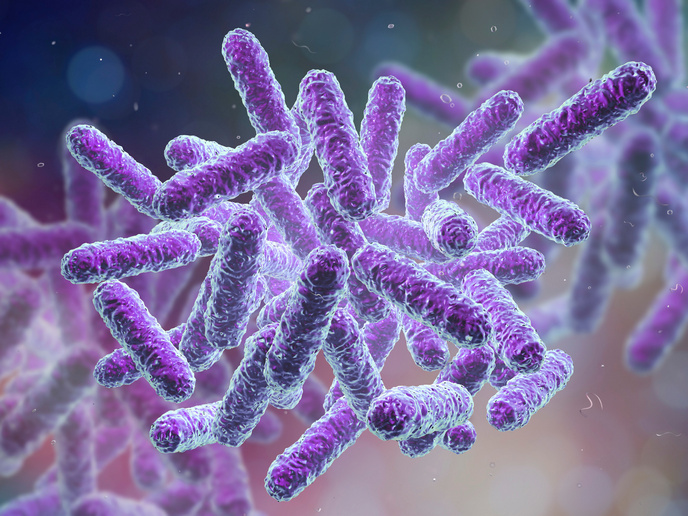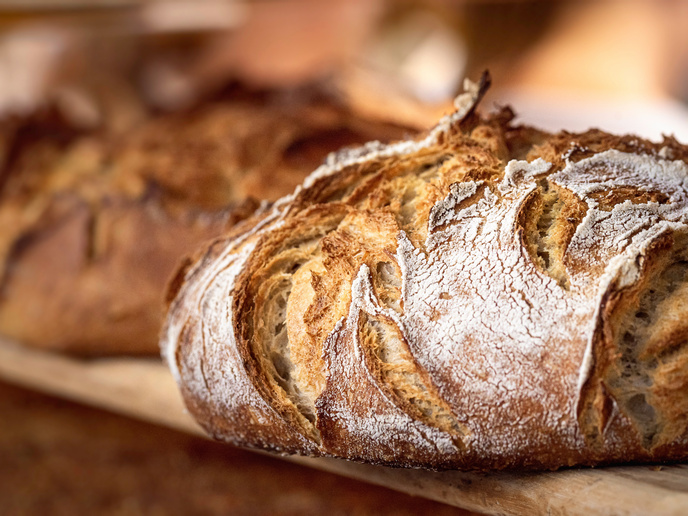Molecular dynamics of faithful cell division
Attachment of chromosomes to the microtubules of the spindle is a heavily regulated process. Failure of the chromosomes to segregate properly lies behind many genetic diseases. Only after correct attachment will the cell cycle proceed. Indeed, there is a halt process while there is a check that this is all in order through the action of the spindle assembly checkpoint (SAC). The kinetochore both bridges the chromosomes to the microtubules, but also is the platform for SAC signalling. However, the molecular mechanisms and dynamics of the formation of the wait signal in the cell cycle, one of the most important cell functions, are still unclear. The KT-MT INTERFACE (Molecular organization of the kinetochore-microtubule interface) project has investigated kinetochore architecture and its functions. To do this, the researchers reconstituted kinetochore particles from purified proteins. Using this reconstitution approach, the scientists could map the architecture of the kinetochore as well as study it’s microtubule binding behaviour and cooperation between the microtubule binding proteins. Perhaps one of the most fascinating aspects of the cell cycle is the 'wait' signal that is generated by the SAC. The SAC halts the cell cycle until all the chromosomes are biorientated, by accelerating the formation of the mitotic checkpoint complex (MCC). The newly formed MCC subsequently inhibits the APC/C, and by doing so prevents progression into anaphase. Since almost all SAC proteins localize to the kinetochore, it was postulated that the kinetochore could regulate the speed with which the MCC is formed, and hence regulate the strength of the ‘wait’ signal. The project team managed to reconstitute the dynamics of the MCC complex formation and could measure catalysis of both assembly and disassembly. Subsequent molecular dissections shed light on the mechanism of this key mitotic regulation. KT-MT INTERFACE research has reconstituted more than 20 recombinant kinetochore subunit particles that can bind microtubules, and reconstituted the dynamics of MCC formation. The study has yielded great insight in the structure and signalling function of the kinetochore.







